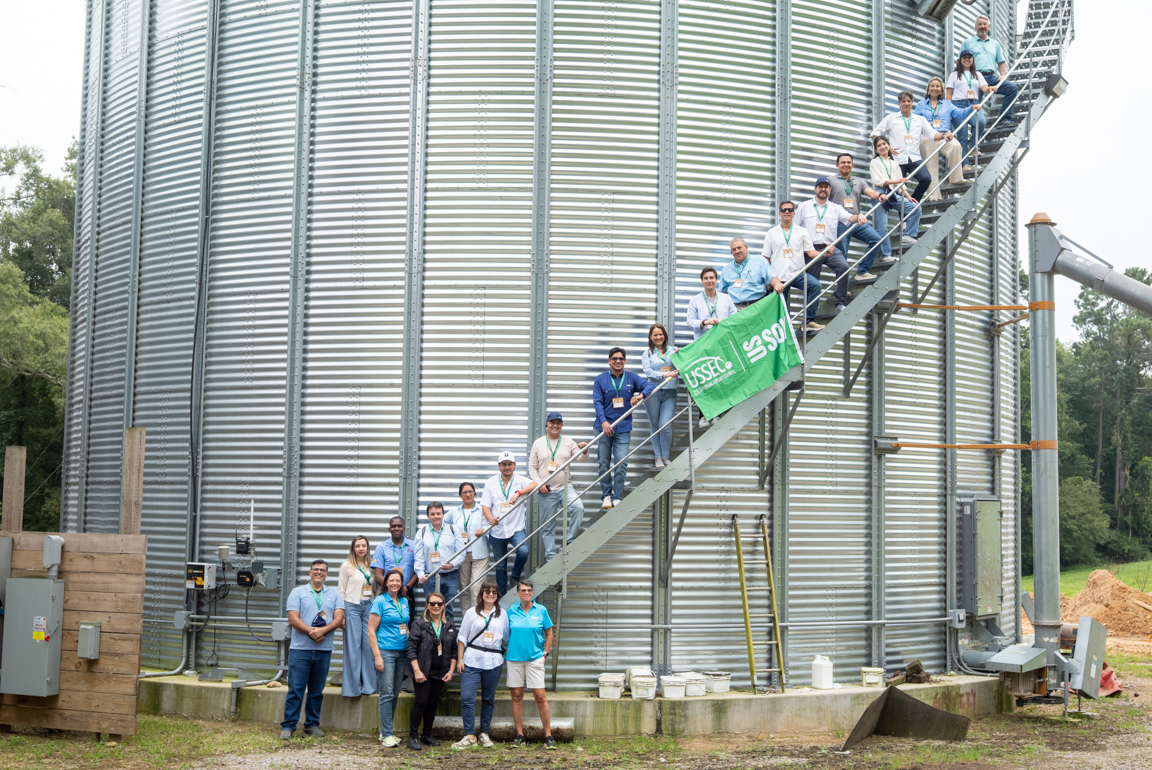Chefs Make the Case for High Oleic Soybean Oil

Checkoff’s demand-building efforts continue to line up advocates for the innovative oil
The soy checkoff supports high oleic soybeans by simultaneously building supply and demand. As part of its demand-building strategy, the checkoff educates the food industry on the benefits of high oleic soybean oil, even partnering with restaurants to test the oil in their kitchens so they can see those benefits for themselves and share their stories with others.
As part of QUALISOY, the checkoff collaborates with other soybean industry representatives to promote premium soy products. Recently, the group conducted case studies with two restaurants whose chefs came away with a new appreciation – and preference – for high oleic soybean oil.
The chefs at Firebirds Wood Fired Grill, a chain with more than 35 restaurants; and The Inn at Virginia Tech, a conference and events facility, both saw improved fry life, less residual oil and better-tasting products when using high oleic soybean oil.
“These case studies verify the research that has been done on high oleic soybean oil and show its acceptance and success in the food industry,” said Jimmy Sneed, Mississippi farmer and soy checkoff farmer-director. “The chefs saw how the innovative technology offers solutions to trans-fats and other issues. They were very pleased with the results.”
As part of Virginia’s land-grant university, it is particularly important for The Inn at Virginia Tech to use a domestically produced oil, and this gives high oleic soybean oil an advantage. Since supporting U.S.-grown soybeans means supporting local farmers, what is seen as an advantage to the food industry is also an advantage for farmers.
The results of the case studies were overwhelmingly positive, and The Inn at Virginia Tech has committed to moving forward with high oleic soybean oil. Having seen the benefits of using high oleic soybean oil firsthand, these chefs are now advocates within the food industry. Watch the full stories below.
High oleic soybean oil is proven to offer restaurants a better frying experience, and it also offers U.S. soybean farmers the opportunity to regain food industry market share that was lost to trans-fat labeling. In order for more restaurants to make the switch to high oleic soybean oil, they need to see that farmers can grow an abundant supply of these premium soybeans.
“The chefs’ firsthand testimonials are an important next step in moving high oleic soybean oil further into the marketplace,” Sneed said. “The restaurant industry isn’t just talking about it; they are actually using it. This is proof that there is a market and demand for high oleic soybean oil.”
Backed by more than a decade of research and with yields on par with other varieties, you won’t have to sacrifice performance to meet demand with high oleic soybeans.



